9F, Zhongrui Jumei Building, 68 Jiuzhang Road, Suzhou Industrial Park, Jiangsu Province
The case of "going out"
Share | Davis Medical Center Visiting Experience
With the strong support of his unit and department, Dr. Zhang, a research student, went to Davis Medical Center in the United States for a three month study. Although the three month period was fleeting, Dr. Zhang felt a lot after studying in the United States. Let's take a look at what he saw and heard during his study in the United States.
Under the careful arrangement of Aiwo Medical, I arrived at UC Davis Medical in Sacramento, California, USA on May 28th, 2018 Center。 Sacramento is the capital of California, and UC Davis Medical The Center is an affiliated hospital of the University of California, Davis School of Medicine. The hospital was founded in 1973 and is a large-scale comprehensive hospital integrating clinical, teaching, and scientific research. Currently, the hospital has 657 beds and 11610 employees, including 933 doctors. The annual number of visits is 32333, the number of hospitalizations is 11168, and the number of surgeries is 10887. The annual revenue is 8.165 billion US dollars, and the scientific research funds are 298 million US dollars.
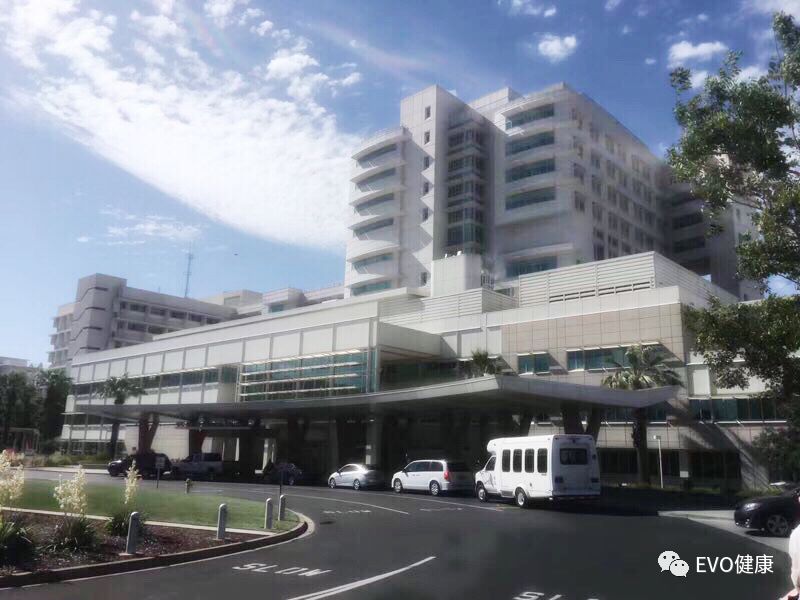
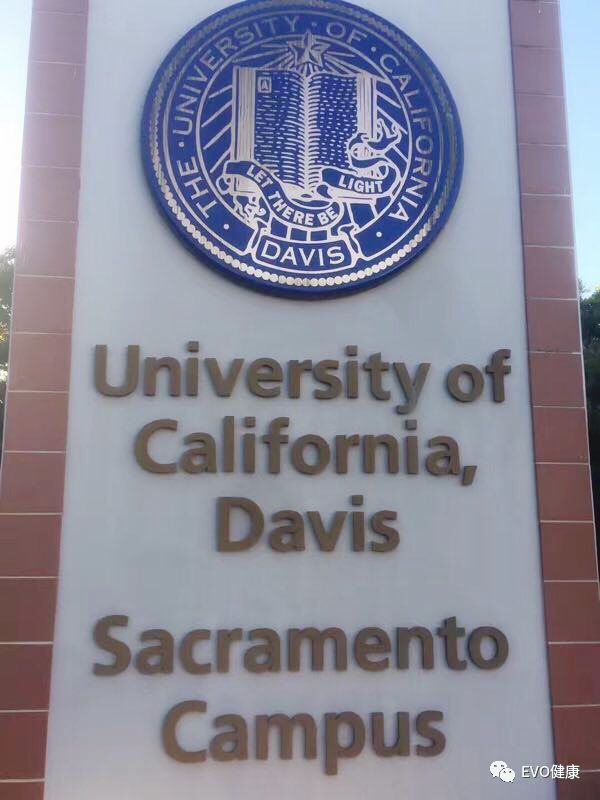
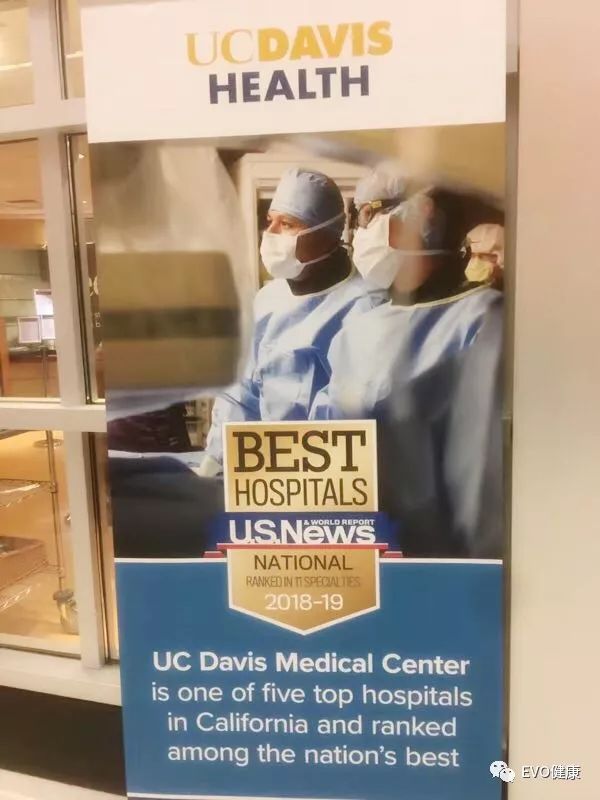
The hospital is currently the best hospital in Northern California and has been nominated for the Best Hospital in the United States. Several specialties rank high in the United States, especially pediatrics, gynecology, urology, cardiology, neurosurgery, orthopedics, oncology, emergency department, and burn department. Gastrointestinal surgery is also praised for its high-quality performance. It is worth mentioning that the hospital currently has the latest fourth generation Da Vinci robotic surgery system - Da Vinci Xi has two sets, so robot surgery has been carried out a lot in this hospital.
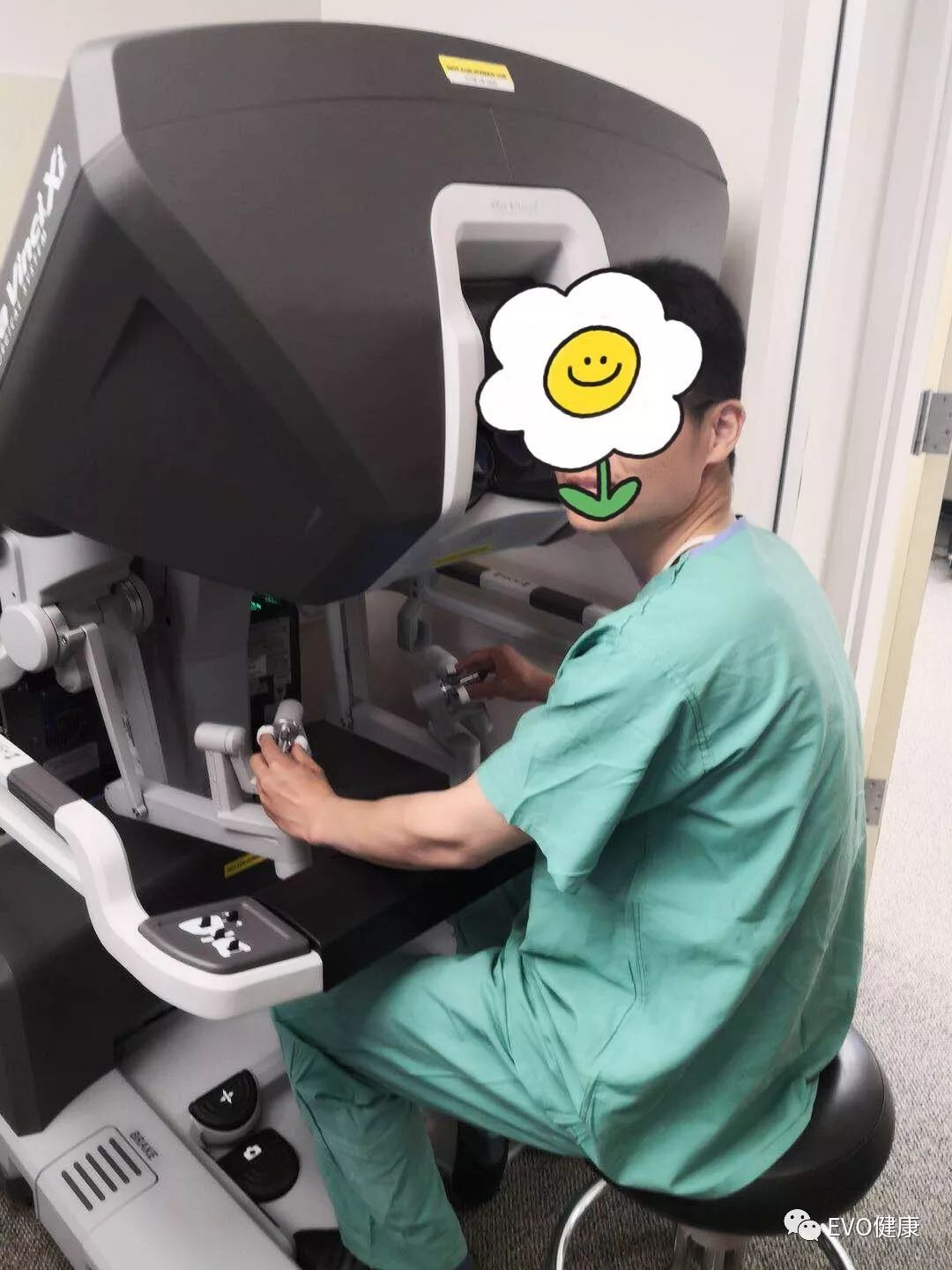
After completing the uncomplicated registration procedures, I obtained my work permit and entered clinical work. First, let's introduce the outpatient service. UC Davis Medical The center clinics are all specialist clinics, and an appointment system is implemented. Most patients are referred by family doctors. Family doctors are the foundation of medical care in the United States. Every patient with medical insurance has a family doctor who can handle routine diseases and rehabilitation treatment after discharge. If it is a specialist disease, it is referred by a family doctor to specialist treatment. "However, patients can also directly make appointments for specialized clinics on their own, but it may take a long time, requiring waiting for 1-2 months, and insurance may not be reimbursed.".
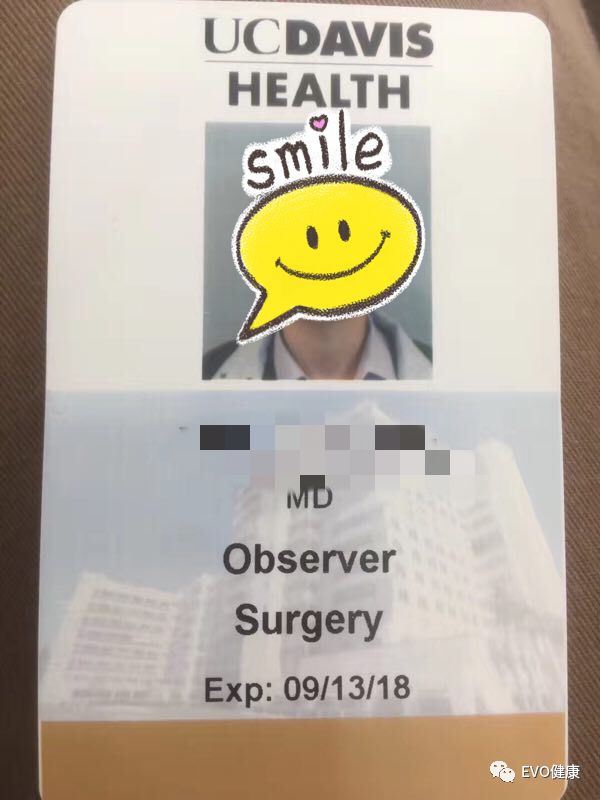
It is precisely because the outpatient department adopts the appointment system, there is no special registration office for the outpatient department. The settings and procedures of each specialized outpatient clinic are generally the same as those of our hospital. There is a reception desk (responsible for booking, reception, billing, etc.), a patient waiting area, and a doctor's treatment area. The waiting area is provided with sofas, newspapers, magazines, televisions, computers, free WiFi, free coffee, and drinking water.
The patient arrives at the reception desk at the scheduled time and only needs to provide basic information and insurance number. After checking, the nurse will take the patient to the consulting room to wait for the doctor. The patient's medical history and examination status can be queried in the computer system. Generally, paper medical records are not provided, and can be printed and taken away if requested by the patient. The doctor is in the doctor's office when there are no patients to handle. When the nurse notifies the doctor that there are patients, the doctor goes to the consulting room. After entering the diagnosis and treatment room, the doctor first introduces himself, and then introduces each medical personnel around him to the patient. After obtaining the consent of the patient, the doctor closes the door for diagnosis and treatment. Generally, communication takes a long time. Initially diagnosed patients typically require half an hour, while re diagnosed patients require 15 minutes. The atmosphere was very good, there was a sense of meeting old friends, and patients were also very willing to chat. If an examination is required, it is generally accompanied and guided by staff or volunteers. The results don't have to be retrieved, they can be seen on the computer.
After the diagnosis and treatment, the doctor will issue a prescription, take care of precautions, and make an appointment for the next follow-up visit. Prescriptions can be dispensed in hospital pharmacies or outside pharmacies. Many major supermarkets in the United States have pharmacies. Later, if there are changes or unclear areas in the patient's condition, or if doctors want to understand the changes in the patient's condition, they will communicate via phone, e-mail, and the Internet. UC Davis Medical Center has a dedicated website called UC Davis Health "Mychart" is used for doctor-patient communication. After registering and logging in, patients can query various examination results and communicate with doctors in real time. If the patient's condition is complex, the doctor will make an appointment for the patient's next outpatient discussion or referral. If the patient needs surgery, the doctor will make an appointment for the surgery time and improve the preoperative examination and surgical signature.
Each doctor makes an average of a dozen outpatient appointments a day, and if there are twenty patients, they are considered very busy. Patient fees are generally paid through insurance, and fees vary depending on the insurance, as well as the proportion of self expenses. If it's all self financing, the price is very expensive. "But they are not paid on-site, they are all billed later, and the fees are a financial matter that has nothing to do with the doctor. Therefore, even if the patient does not pay the bill, the doctor will not know and still treat as usual.". If the patient defaults, the government ultimately pays the bill through taxes.
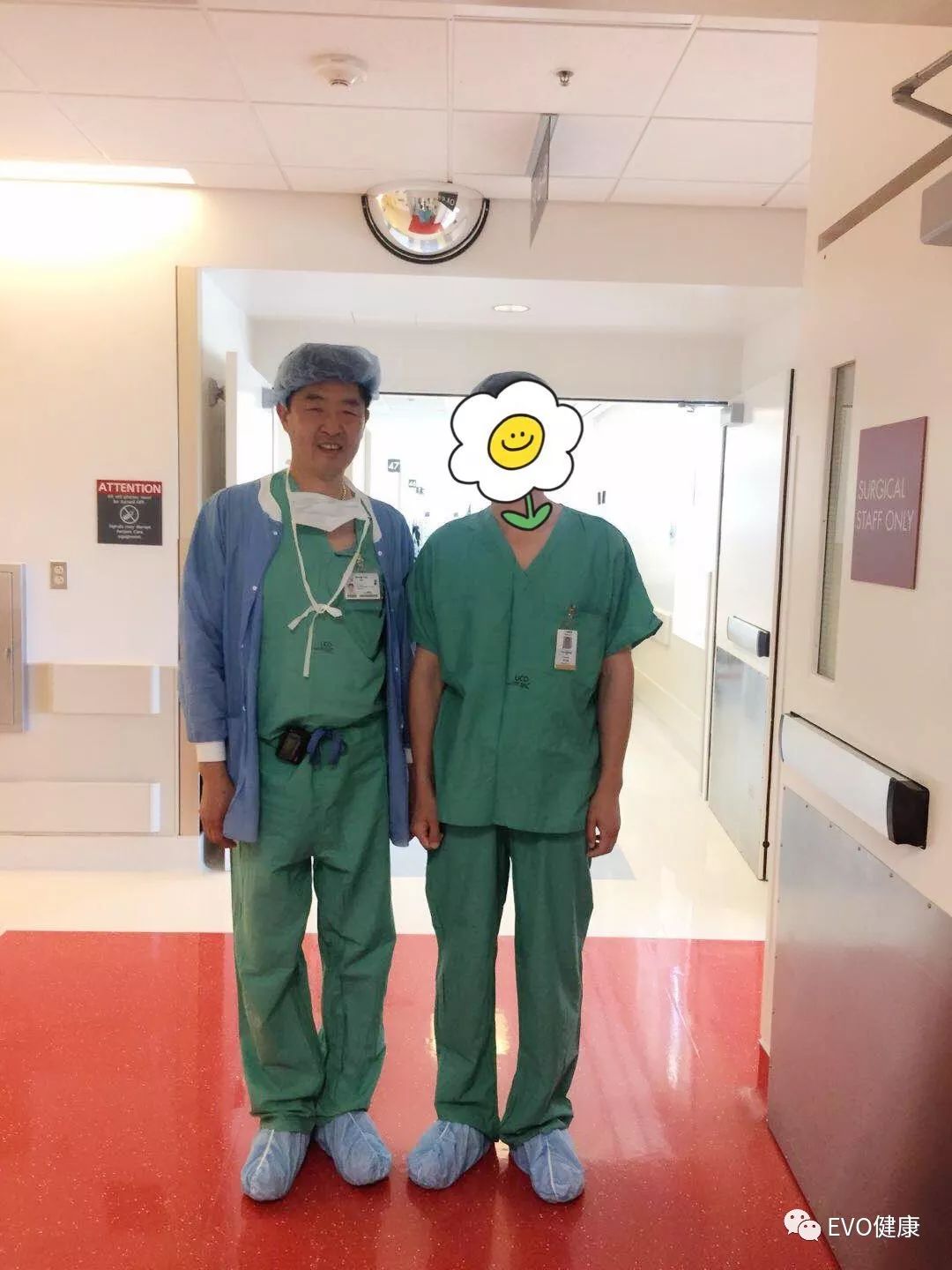
Next is the emergency department. UC Davis Medical The Emergency Department of the Center is the only Level 1 trauma center in the interior of Northern California. 80% of patients are transported by red ambulances from the fire department, as well as by helicopters and 911. There are approximately 10 different ambulance companies in Sacramento (bus companies have ambulances), but most ambulances do not meet the requirements for emergency care and can only perform routine diagnosis or inter hospital transfer work.
Generally, after receiving a 911 call, a police car, fire truck, or ambulance is required to arrive within 5 minutes. The ambulance is well equipped, equipped with drugs, monitoring, respirators, and automatic chest compression machines. However, there are no doctors and nurses, usually two firefighters or police officers. However, at least one of them is a trained and qualified "ambulance attendant". When an ambulance sounds its alarm and is traveling on the road, all vehicles must pull aside and stop driving to make way for the road. At the same time that the ambulance received the patient, preparations for the emergency room were already in place.
In addition to the same doctors, nurses, medical technicians, pharmacists, security guards, receptionists, and workers as our hospital, emergency personnel are equipped with: 1. Medical nurses, who have simple prescription rights, handle simple situations. 2. Respiratory therapist, responsible for the preparation and commissioning of the ventilator. 3. A medical record stenographer who records the entire rescue process. Zen master, mainly providing spiritual and spiritual care. Social workers are a bridge between doctors and patients and their families. If patients and their families need to understand their condition, social workers are professional disease announcers. If patients do not have insurance, social workers will also help them arrange insurance, contact charitable donations, and so on. 6. Translation, translation in various languages, including Mandarin, Cantonese, and Taishan dialect related to China. Volunteer, mainly responsible for leading the way and handling work. 8. Police, the police will be here as soon as there is any sign of trouble.
Emergency treatment of patients is extremely fast and well trained, but the fees are also extremely high, often amounting to thousands of dollars. Generally, it is better not to go casually.
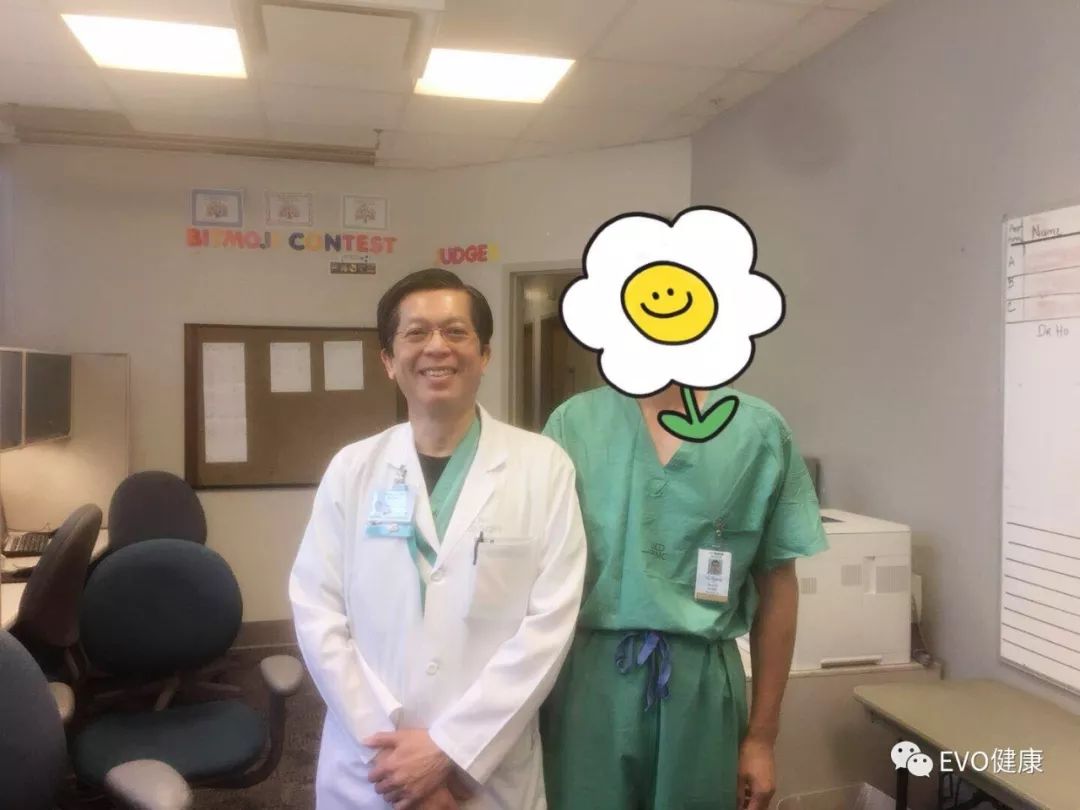
Then there is the ward. A ward with 32 beds and 60 nurses, plus support workers, is absolutely equipped with sufficient nursing personnel. UC Davis Medical The ward of the Center is relatively roughly divided by disease type. If the ward for related diseases is full of beds, it can be arranged to the ward with empty beds. This is more flexible, but results in a group of doctors with patients that may be distributed across several wards. During a ward round, you should make a patient list to see which ward and bed your patients are in. The setting of ward equipment is basically the same as that of our hospital, except that there are particularly many computers. Almost every ward has a computer handy. Many are mobile doctor workstations that facilitate doctors to consult medical records and change medical orders during ward rounds.
Their cases were printed as a whole and kept on file at the time of discharge, usually in electronic format. The written content is similar to ours, but it is relatively simple. After checking the room, the doctor is basically not in the ward, outpatient service, or surgery. Everything is handled by a BB machine. The first thing to do is to deal with nurses, who have to wait a long time to see a doctor. However, patients generally do not have opinions, which shows that doctors in the United States have a high status and are highly respected. It is worth mentioning that among the members of their department, in addition to doctors and nurses, there are also administrative and financial personnel. Doctors and nurses are only responsible for their own professional work, while administrative personnel are responsible for work arrangements, teaching arrangements, and administrative matters related to the department, such as doctor registration, rating, and so on.
任何与钱有关的都归由财务人员负责,如患者费用及医生工资等。大家都互不干涉,互不影响。如果一个医生要做科研,手里有项目,则在科研中心(在另一座大楼,另一个部门)里会有一个科研团队。在病房工作中,住院医师的工作是相对辛苦的。每天大约6点到病区,开始准备工作,了解昨晚患者病情变化以及一些检查结果,约6:30至6:45左右开始查房,查房制度与我们也类似,就是带教意识强。7:30就进手术室了,手术结束下来,有时很晚了,再处理一些事物,晚上8点才回家也是很常见的。值班是一组医生值24小时的,处理这24小时的一切突发状况。因为美国找工作及晋级都很重视推荐信的,所以住院医生工作都很努力,都希望能获得科室的好评,可以在规培结束后找工作时获得一封好的推荐信。
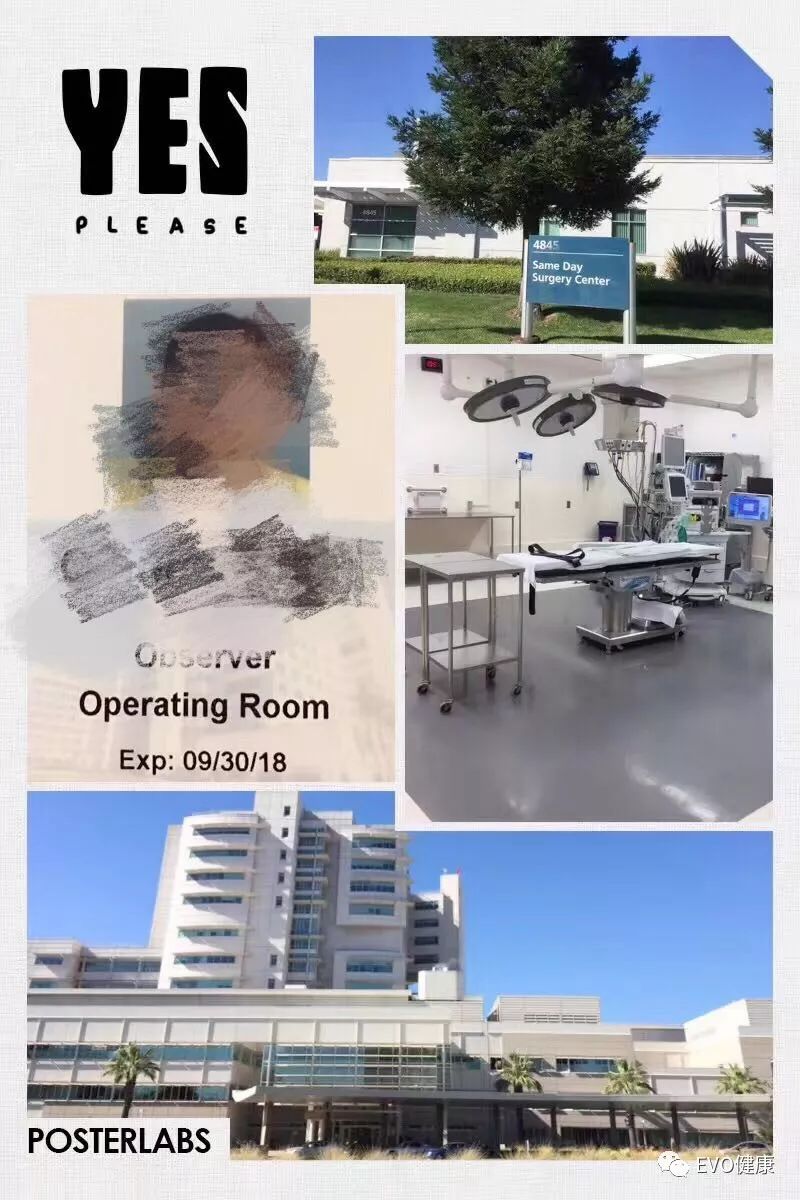
Then there is the ward. A ward with 32 beds and 60 nurses, plus support workers, is absolutely equipped with sufficient nursing personnel. UC Davis Medical The ward of the Center is relatively roughly divided by disease type. If the ward for related diseases is full of beds, it can be arranged to the ward with empty beds. This is more flexible, but results in a group of doctors with patients that may be distributed across several wards. During a ward round, you should make a patient list to see which ward and bed your patients are in. The setting of ward equipment is basically the same as that of our hospital, except that there are particularly many computers. Almost every ward has a computer handy. Many are mobile doctor workstations that facilitate doctors to consult medical records and change medical orders during ward rounds.
Their cases were printed as a whole and kept on file at the time of discharge, usually in electronic format. The written content is similar to ours, but it is relatively simple. After checking the room, the doctor is basically not in the ward, outpatient service, or surgery. Everything is handled by a BB machine. The first thing to do is to deal with nurses, who have to wait a long time to see a doctor. However, patients generally do not have opinions, which shows that doctors in the United States have a high status and are highly respected. It is worth mentioning that among the members of their department, in addition to doctors and nurses, there are also administrative and financial personnel. Doctors and nurses are only responsible for their own professional work, while administrative personnel are responsible for work arrangements, teaching arrangements, and administrative matters related to the department, such as doctor registration, rating, and so on.
Financial personnel are responsible for any money related matters, such as patient fees and doctor salaries. Everyone does not interfere or influence each other. If a doctor wants to do scientific research and has projects in hand, there will be a research team in the research center (in another building, in another department). In ward work, the work of residents is relatively arduous. Arrive at the ward at about 6:00 every day to begin preparations to understand the changes in the patient's condition and some examination results last night. Around 6:30 to 6:45, ward rounds begin. The ward round system is similar to ours, with a strong sense of teaching. At 7:30, I went to the operating room. After the surgery, sometimes it's very late, so I need to deal with some things. It's also common to come home at 8 pm. On duty is a group of doctors who are on duty for 24 hours to handle all emergencies during these 24 hours. Because the United States attaches great importance to job hunting and promotion, residents work very hard and hope to receive favorable comments from the department. They can receive a good recommendation letter when looking for a job after the completion of regular training.
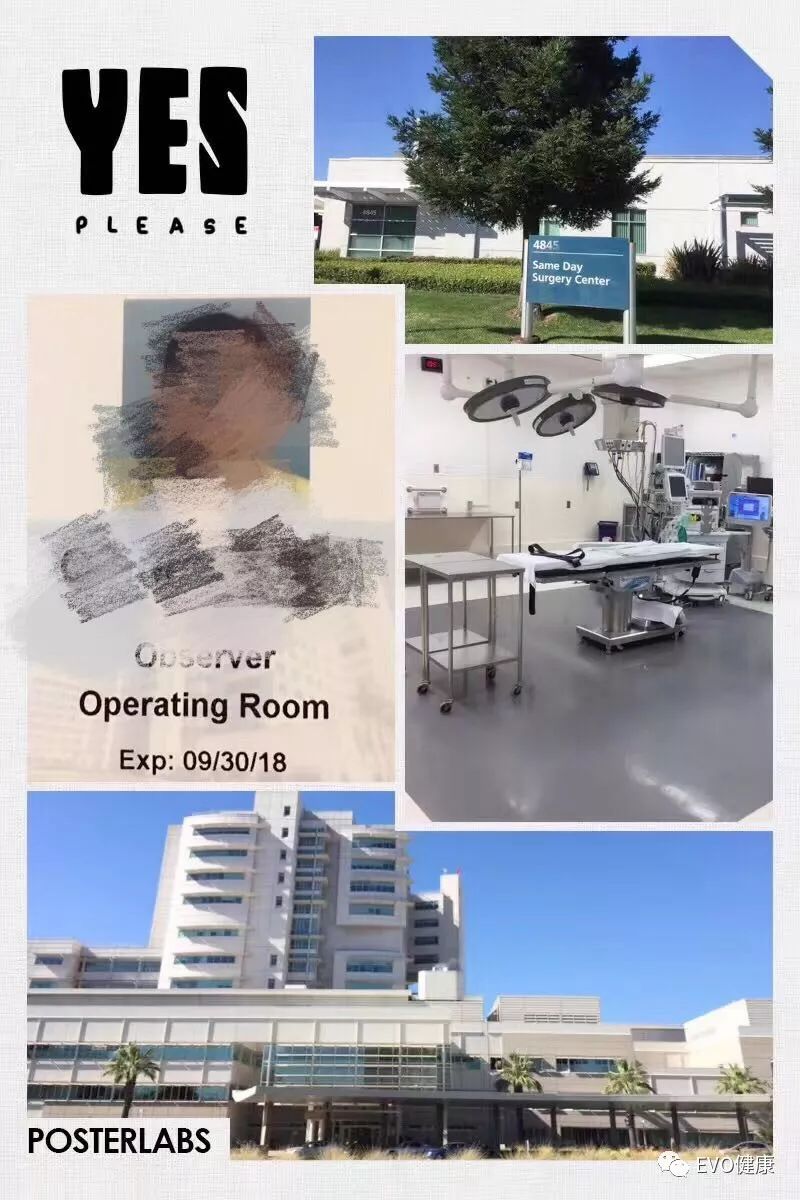
The operating room is the place where I have stayed the longest. Unlike China, elective surgery in the United States is registered at the operating room registry only on the day of surgery. The first patient who enters the operating room arrives at the hospital at about 6 o'clock, and preoperative preparations are completed at home after being informed by the outpatient department. After entering the operating room, the anesthesiologist prepares for anesthesia in the anesthesia preparation room. Surgical clothing is picked up by swiping a card on a machine similar to a vending machine. The operating room does not provide unified slippers, which are all provided by oneself, and can be worn with or without overshoes.
After the operating room is ready, the patient is pushed into the operating room from the anesthesia preparation room and then subjected to anesthesia. Disinfection is done by nurses. Before the surgery begins, there is a program called "Time "Out" is our "tripartite check". Including the basic information of the patient, the proposed surgery, the anesthesia method, the posture used, and the surgical participants, all of which should be checked one by one to ensure that they are consistent before the operation.
Intraoperative teaching is also ubiquitous. Some directors even directly pick up sterilized marker pens during surgery to draw anatomical drawings on the tissue sheet for on-site teaching. Each operating room has a sound system, and music can be listened to during surgery to alleviate emotions. The other surgical procedures are similar to ours. Each operating room doctor, nurse, and anesthesiologist has a workstation for their own use. Between surgeries, you can sit in the lounge for a while, where free coffee, cookies, and jam are served. There are magazines, televisions, computers, and WiFi, but surgical meals are not available. So I usually bring my own lunch, and of course I can also go to a hospital restaurant to buy it, which is expensive and has a bad taste.
American doctors operate slowly, but relatively carefully. The surgical instruments are very rich and complete in variety. Because there is no need to consider the cost issue, their use of medical consumables is relatively wasteful. In their concept, the patient is the first, and patients should use the best, as long as the patient needs, it is reasonable. The patients are under general anesthesia, and they will be transferred to the anesthesia recovery room for further treatment after recovery. If the patient is undergoing daytime surgery, they will return home after recovering from anesthesia. My medical team has two directors, Dr. Ho, who is the gastrointestinal director, but also works on hernias. The other is Dr. Ali, director of weight loss. Therefore, I have seen more digestive tract and hernia surgery, which is precisely the purpose and interest of my trip. Dr. Ali has previously been to Suzhou to give academic exchange reports, and has had exchanges with Professor Mao and Director Zhou of a well-known first-class hospital. Therefore, I feel very cordial when communicating with him.
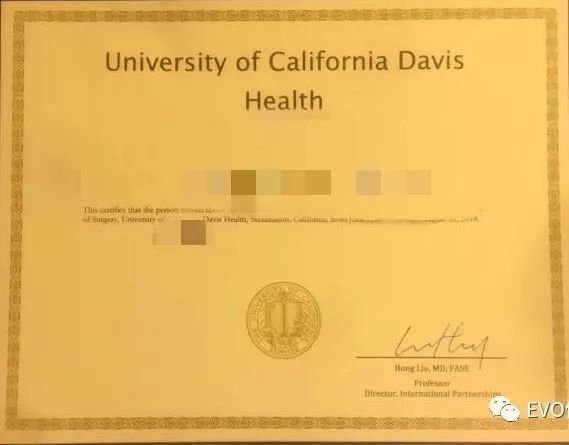
In just three months, I have seen a lot and learned a lot. The learning goals set before going abroad have basically been achieved. After completing the completion formalities and obtaining the certificate, I hurried back to China. Thank you for the valuable opportunity given by the unit and department leaders and Aiwo Medical. I will integrate the advanced concepts I have learned into practical clinical work to better serve patients.

